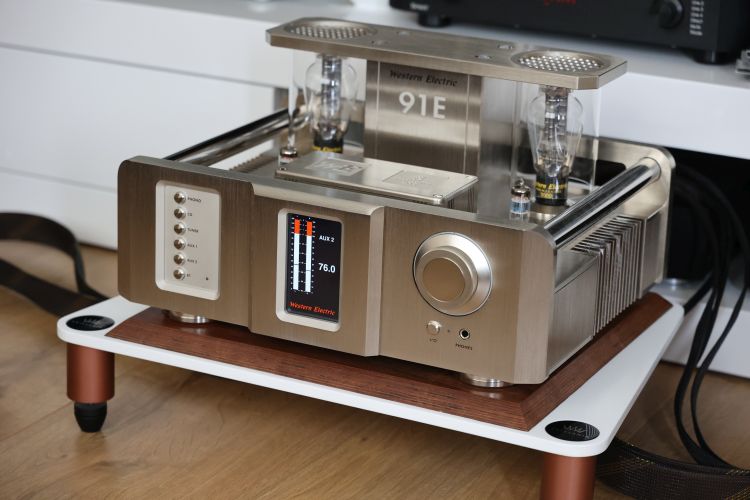
Listening
I started my experience with the 91E in my secondary setup, which normally consists of the Ayon CD-10 II CD player and DAC, Ayon Spirit III integrated amplifier, and Xavian Perla Esclusiva speakers. For my first listening, however, I started with the Care Orchestra Spiritual Blue Evo and Celestial Deep Breath Evo speakers and I will return to the Xavians at the end. Normally in this system, I use the ashamedly cheap Van Den Hul Skyline Hybrid speaker cables, simply because they provide such a natural balance while introducing very few sins of commission (but plenty of omission…). But for this occasion, I will start with the Driade Flow 405 speaker cable and my usual Siltech Paris interlink.
Secondarily, I will also use the utterly revealing FoilFlex interlinks and speaker cables, as well as my best CD transport, a modified and fully recapped Naim CD-3 connected with a Mad Scientist Black FCGD+ digital interlink to the Denafrips Venus II DAC.
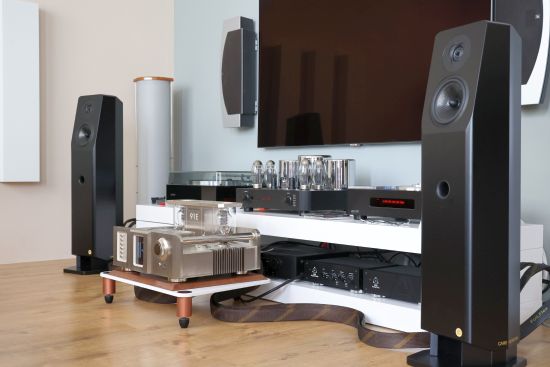
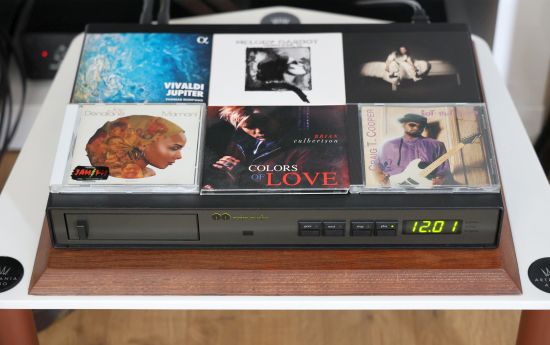
Typical SET designs often yield lean or even soft bass when paired with speakers that are not particularly sensitive, such as the speakers that I am currently using. The 91E, however, has a remarkably solid and robust sound, not what you normally expect from a SET design. It’s also remarkably powerful for a SET design: 20 Watts instead of 7 Watts as normal for the 300B tube. This amplifier has the most powerful and impactful bass that I have heard yet from a pure single-ended design. With the 91E, the bass is not only solid and robust but also nicely full-bodied, but, contrary to my expectation, absolutely not of the fat kind. Rather, the bass is fast and precise, with a very good rhythmic quality. More amazingly, it is almost comparable to the Ayon Spirit III in terms of solidity and drive. Given that the Ayon is a KT-150 Push-Pull design capable of 65 Watts in Pentode mode, this is not what I expected. Dynamically, too, the 91E is rather surprising, again sounding more like a big push-pull amp than a small triode. The difference is that, unlike the Ayon and many other push-pull tube amplifiers, the 91E also has a gently-dosed warmth and relaxation, a delightful smoothness, and an utter lack of hardness even when pushed. The tonal balance is slightly dark with the top end subjectively rolling off, but otherwise, the amp is very linear and very neutral. The treble has just the right amount of friendliness but is clean, and just like the bass, free of blur. In terms of soundstaging, the 91E sounds bold and dense, with tightly-packed imaging within the soundstage, which further enhances its powerful delivery. The 91E offers very realistic body and very natural tonality and is particularly good at rendering flesh and blood bodies in 3D.
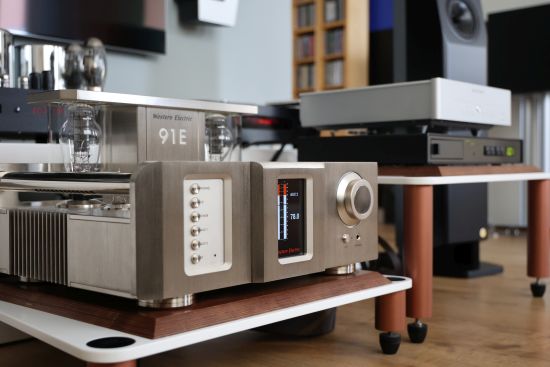
For all of its sonorous boldness, the 91E is not as free-flowing, nor is it quite as delicate or as intricately nuanced as some of the other SET amps I have heard from brands such as Line Magnetic and Melody Audio. But I should add that the purest and most direct sounding SET amplifiers that I heard are not based on the inherently smooth-sounding 300B tubes but are using 211s or 845s, or 805s. And fair is fair, in turn for their direct-coupled and super-explicit sound, these amplifiers do not usually have the bass power, drive, and solidity, nor the rich golden glow that the 91E with its 300Bs manages to balance with its authority so carefully.
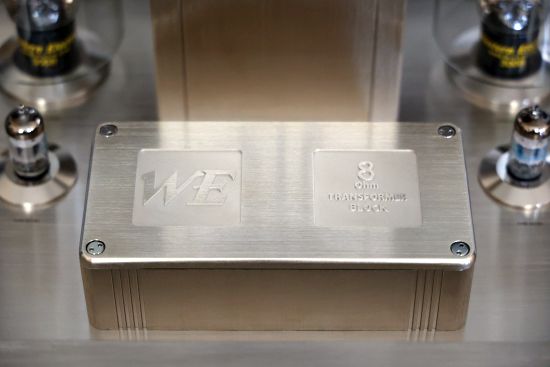
The 91E uniquely offers separate output transformer modules for 4-Ohm and 8-Ohm loads. I have experienced make-or-break situations with some amplifiers between the 4- and 8-Ohm output, for instance with the Audio Research Ref 75 when connected to the Wilson Watt/Puppy System 8, but the 91E drives both of the Care Orchestra speaker models equally well. Moreover, given that the larger Spiritual Blue Evo floorstanders are specified at 8 Ohms and the smaller Celestial Deep Breath monitors at 4 Ohms, given that the 91E came only with an 8-Ohm output module, one would suspect better synergy with the larger models. But judging from the subjective results, the opposite seems to be true, with the monitors sounding even more lively and expressive than the floorstanders. This is the same difference that I observed between these two speakers during their initial review and when used with both tube- and solid-state amplifiers. In other words, also with the 91E, the two models illustrate their inherent differences perfectly, the floorstanding model sounding more delicate and refined and the monitors sounding more all-out dynamic and partying.
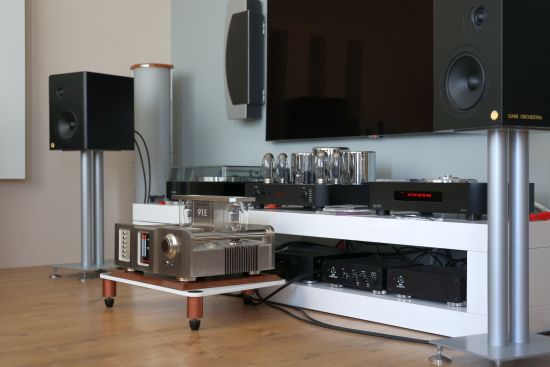
Besides these inherent differences, there is no real distinction between them in terms of driveability that I can detect. Of course, these speakers have been designed differently, but my little experiment still goes to show that the amp seems to be a drive-it-all, and Ohmic values do not necessarily behave predictably.
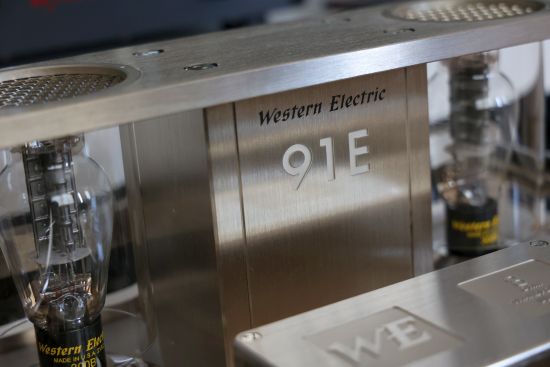
With the much smaller Xavians, it’s evident that these speakers do not reach quite as deeply as the Care Orchestras, but the amplifier retains all of its signature solidity and fullness in body and tonality. This confirms that the 91E is most definitely not a lean or clinical-sounding amp!
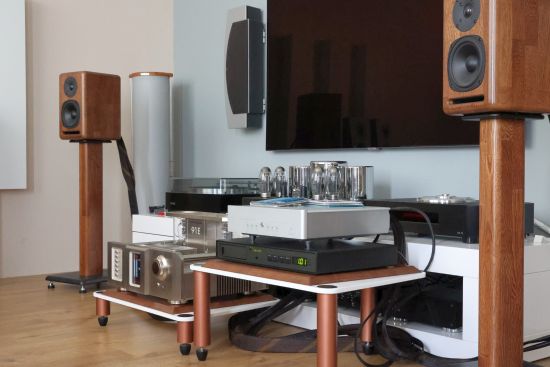
It’s not only in terms of speaker impedance matching that the 91E seems to behave very even-handedly. The amp is also not fussy at all about cables. As described above it sounds fabulous with the Driade Flow 405, but it works equally well with the FoilFlex speaker cables and interlinks. Whereas these cables always elicit more transparency and resolution, most other amplifiers will start to sound a little thin with these cables. Not so the 91E, it does gain a little more definition but it still sounds utterly solid and authoritative.
On the subject of power and authority, there is just nothing to give away that this amp is “limited” by its single pair of 300B’s. Clearly, the clever scheme to maximize the power output pays dividends. And it’s not only with delicate music or with my usual R&B, Jazz, and Soul diet that the amp works well, even Billie Eilish is pumped out with real gusto and plenty of energy.
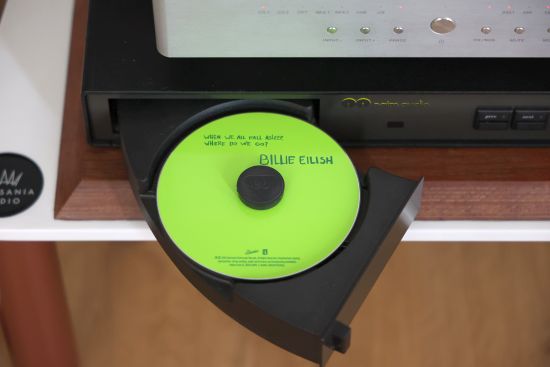
Within seconds of starting “Bad Guy” I got a big grin on my face and my foot started fiercely tapping along. Oh, and the amplifier also goes plenty loud. Of course, there is a limit, but the 91E reaches it very gently by smoothly compressing the dynamics, and when pushed further, introducing smooth distortion rather than hard-clipping, while never becoming hard or edgy, not even when pushed to its limits. But before it reaches this point, let me assure you, it already goes more than loud enough to annoy the neighbors.
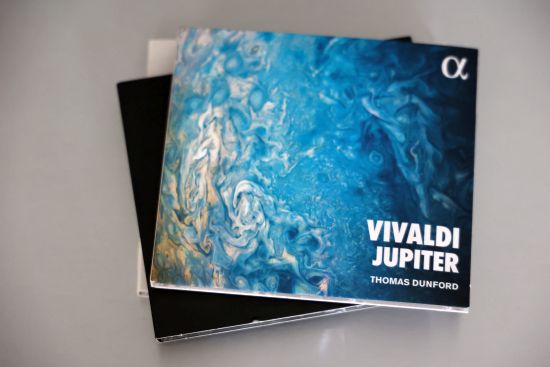
My recent discovery Vivaldi Jupiter on the Alpha label sounds beautifully organized and tonally rich and with plenty of weight in the massed strings and vocals. But with this recording, I feel that the amp could do with just a bit more incisiveness and expression from the upper midrange and up, which would further heighten the realism while being of particular benefit to the harpsichord in this recording.
At this point, I should note that the speakers that I have used are all of medium sensitivity, the Care Orchestra monitors topping out at 91.5 dB. While the 91E drives all three speakers splendidly, I don’t doubt that it could have as yet undisclosed qualities to offer when driving actual high-sensitivity speakers such as horn designs.
Feedback from the guys at A Tube Hifi Import
There is in our opinion nothing that beats the 300B sound. Especially with the WE300B tubes when used in different amplifiers such as the Melody AN300B MAX, the WE300B tubes create an almost different amplifier, this is how good they are. The sound is far more smooth, warm, and buttery but nonetheless far more detailed and stronger in the bass.
The WE91E takes audiophile high-end listening, while remaining warm and pleasant as well as easy listening, to a whole other level. Because of its years of research and immaculate internal design, this is the most transparent and clear-sounding amplifier we have ever heard. Even when listening to different amplifiers in the same price range, some recordings image way farther away and we notice softer sounds that we haven’t heard before. Only with the WE91E, these are detectable.
We are big fans of the Klipsch Heritage series and particularly the Cornwall and Klipschorn. In our experience, the WE91E is an absolute silent amplifier even when used on a high-sensitive system such as the Klipschorn at 105dB. This is rare when matching an amplifier to this speaker. Furthermore, we are in love with the stately design of the amplifier, the ‘tubes’ or handles on the side also make it relatively easy to move this amplifier. Very uncommon in tube amplifiers. Because this amplifier (as Mr. Punter noted) doesn’t have 3 bulky transformers like most tube amplifiers it is also relatively light at 23 kilos.
Next: Back to Ayon and Bonus Listening
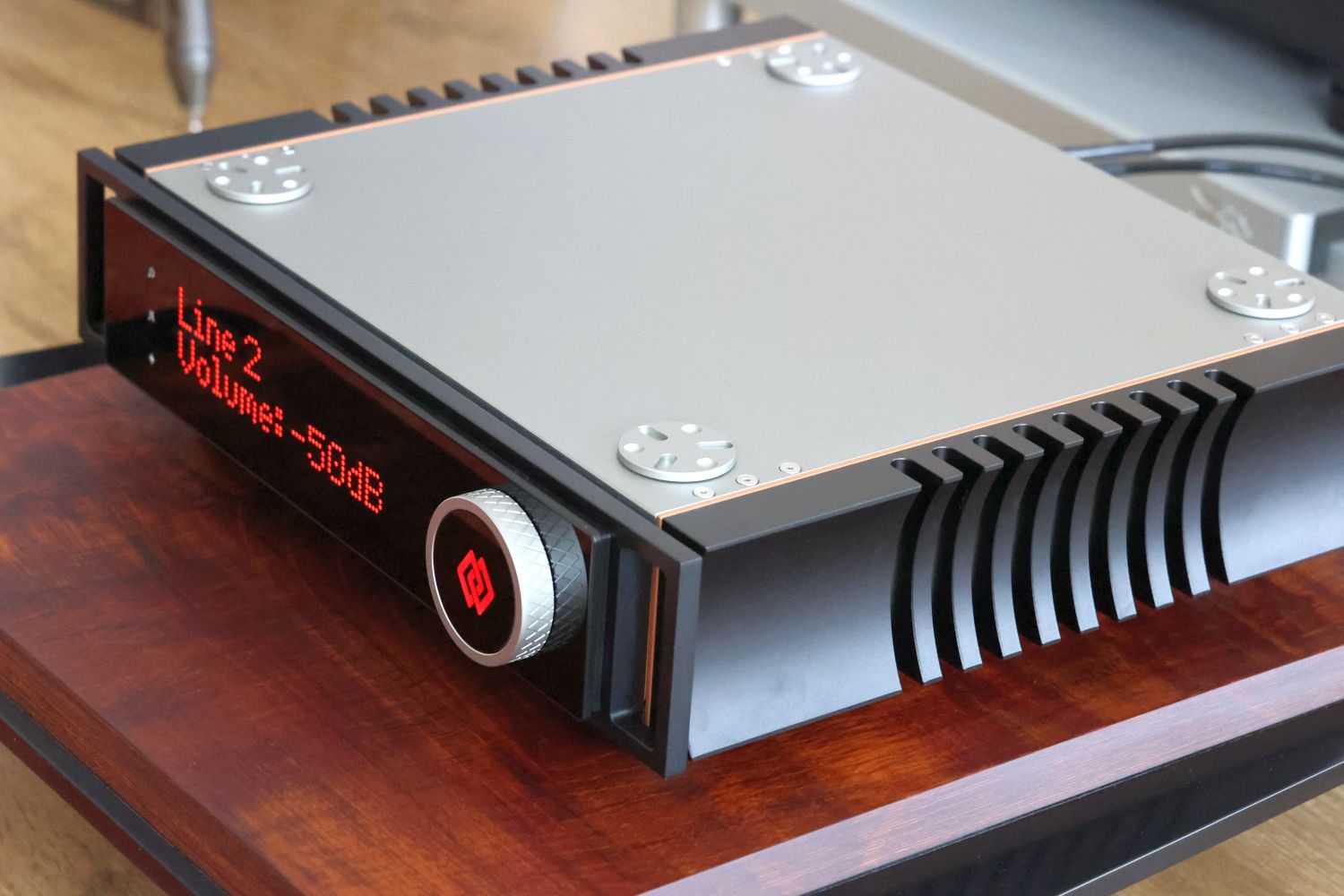
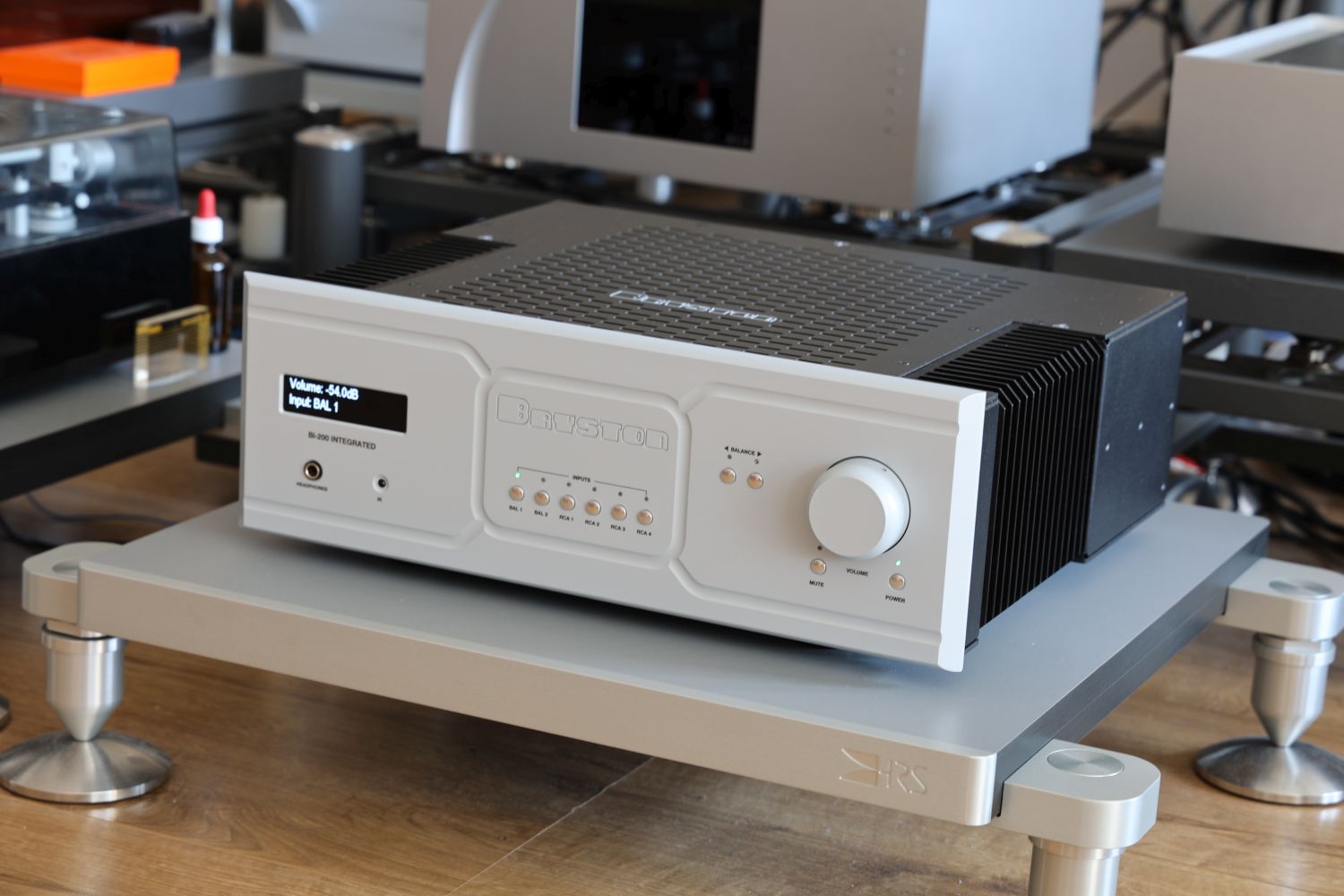
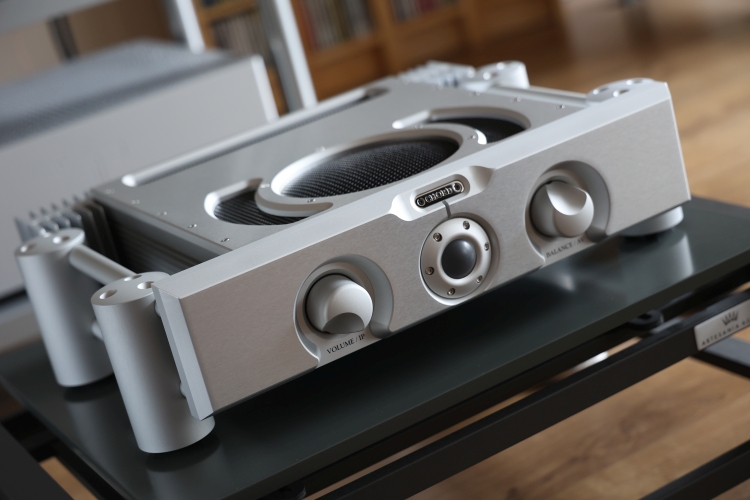
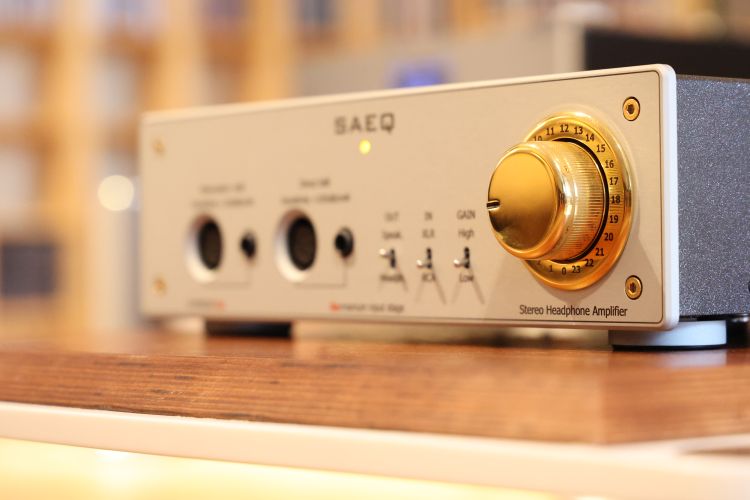
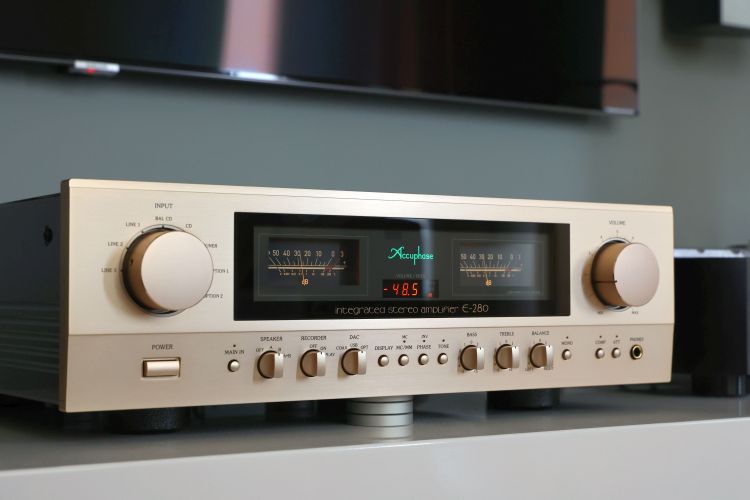
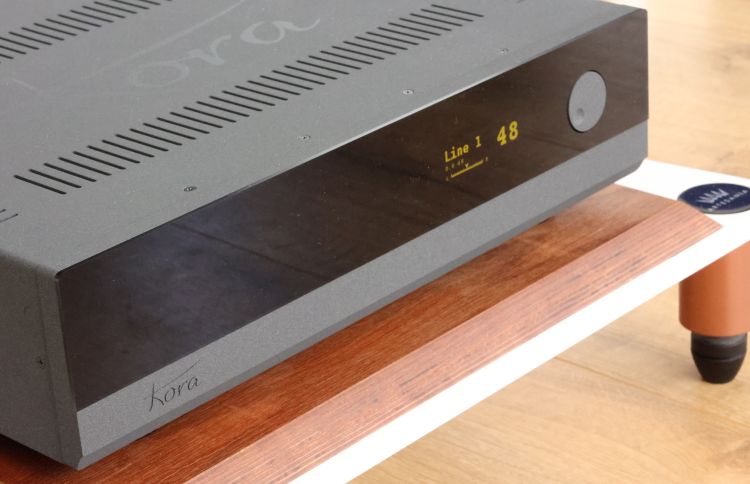
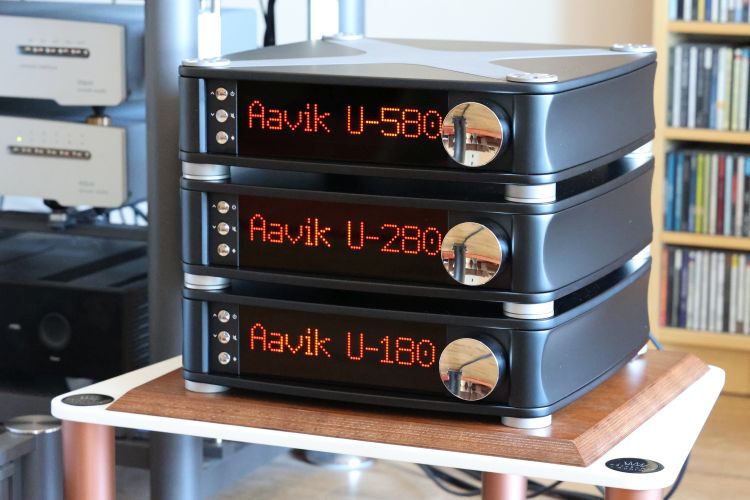
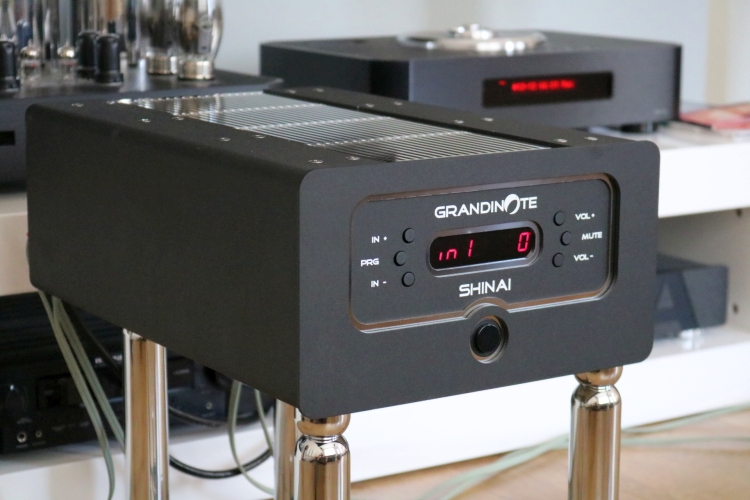
Nice to see a Weco product designed with beauty and technical precision again. I am over 65 and worked in telecom and radio for many years when Western Electric was in its later stages of usefulness. So great to see them “back”.Detroiter.
Christian,
Thank you so much for reviewing a new production WE product! This is literally the first review I’ve seen so quite a coup for you I imagine. 😉 Gorgeous amp but the amp, technical description, and review leave me with several questions:
Wringing 20 wpc from a pair of 300B tubes as the old saying goes “there is no free lunch” what compromises are made, tube life perhaps, to achieve this?
The comments from Tube Hifi Imports indicate the amp doesn’t have 3 transformers, so assuming it has a pair of output transformers does it have no power tranny? And if so how is the amp powered?
It is Bluetooth enabled, so I assume the amp then has an onboard Dac? Was this tested?
Sorry for all the questions Christian! This being such a gorgeous amp and a WE product I just want to know everything about it. 😉
Cheers,
Jon
Hi Jon, as for no free lunch, and with respect to the tube life I guess only time will tell, but I will say that the tubes do not become very hot at all. I’d swear that the pair on the Manley preamp were hotter.
I’m not sure what you mean by “does not have 3 transformers”. As far as I can tell, the amp does have 2-channel output transformers (the 4-Ohm or 8-Ohm removable block) and certainly an input transformer (presumably the big block between the tubes). Why would it need a third transformer?
I don’t know precisely how it achieves the higher power rating. The people who explained it to me also didn’t know. I think WE just don’t want to unveil too much about this. What I can add is that the heatsinks on the sides remained 100% cool during my tests.
There will indeed have to be a DAC onboard but it’s only for BT use. You cannot connect any digital sources to it. I did not test the BT performance as the antenna was not in the box. However, I forgot to add that A Tube informed me that their people were impressed with the BT sound quality, sounding full, smooth, and musical, like the amplifier itself.
Christian,
Thanks for your reply. And sorry for the confusion this line from the importer was what I saw but I think I understand it now.
“Because this amplifier (as Mr. Punter noted) doesn’t have 3 bulky transformers like most tube amplifiers it is also relatively light at 23 kilos.”
I was reading that as not 3 transformers but obviously it refers to the the OPT being smaller as they don’t have multiple output taps for different impedances.
Thanks,
Jon
Aha, yes, that makes sense:-) Also, apart from the WE91E using single-taps, in generic, SET amps tend to use extraordinarily large output transformers, which WE can also avoid due to their special implementation.
Beautiful piece of equipment. I would like to see traditional meters rather than LED displays. I believe this keeps it true to the vintage design aesthetic. Perhaps this would have added cost and required a different front panel design.
Analog meters are likely more affordable to implement and I agree that analog meters look really cool on many amps but I really like the digital display on the WE91E as it also alludes to the modern internal circuitry (hybrid tube/transistor).
WE explains in their advertisement that the output power derives not only from the 300B, but also from a current source. This would be a solid state “slave” to the tube’s transconductance curve. This is not a new topology, but perhaps new in the sense that the outstanding nature of the amp’s output is defined by a fantastic tube, and the additional horsepower is derived from a solid-state circuit. WE explains away the need for separate output transformers in an attempt to minimize the interwinding capacitance, but I suspect it is a must in getting the correct ratio of DC voltage, i.e, none on the output of the amp, with each impedance selected. This is necessitated because of the current follower’s interaction with the 300B circuit. I’m not able to go to court with these ideas, but I seriously doubt that WE is in any way compromising the performance or longevity of the 300B. Thanks.
Please change the above words, “power transformer,” to “output transformer.” Thanks!
done:-)